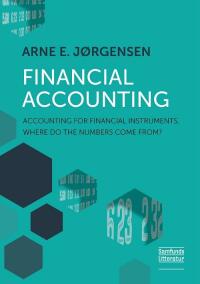Question
1. Use the following data to find the direct labour cost variance. Direct labour standard (4 hr. @ $7/hr.) $28 per unit Actual hours worked
1.
Use the following data to find the direct labour cost variance.
| Direct labour standard (4 hr. @ $7/hr.) | $28 per unit |
| Actual hours worked per unit | 3.5 |
| Actual units produced | 3,500 |
| Actual price per hour | $7.50 |
Select one:
a. $ 6,125 unfavourable.
b. $ 7,000 unfavourable.
c. $ 7,000 favourable.
d. $12,250 favourable.
e. $ 6,125 favourable.
2.
The following information is available for ABC Corporation:
Direct material used for production, 18,000 litres Standard quantity for units produced, 17,200 litres Standard cost per litre of direct material, $5.40 Actual cost per litre of direct material, $5.50
The direct material quantity variance is:
Select one:
a. $4,320 unfavourable.
b. $4,000 unfavourable.
c. $6,120 unfavourable.
d. $4,320 favourable.
e. $6,120 favourable.
3.
The following information is available for a company for January:
Direct materials used, 25,000 metres @ $5.50 per metre Standard costs for direct materials for January production, 26,000 metres @ $5.30 per metre
The direct material price variance is:
Select one:
a. $5,000 favourable.
b. $ 300 favourable.
c. $5,200 unfavourable.
d. $5,000 unfavourable.
e. $5,200 favourable.
4.
A company's flexible budget for 12,000 units of production showed sales, $48,000; variable costs, $18,000; and fixed costs, $16,000. The net income you would expect the company to earn if it produces and sells 15,000 units is:
Select one:
a. $ -0-.
b. $14,000.
c. $17,500.
d. $21,500.
e. $26,000.
Step by Step Solution
There are 3 Steps involved in it
Step: 1

Get Instant Access to Expert-Tailored Solutions
See step-by-step solutions with expert insights and AI powered tools for academic success
Step: 2

Step: 3

Ace Your Homework with AI
Get the answers you need in no time with our AI-driven, step-by-step assistance
Get Started


